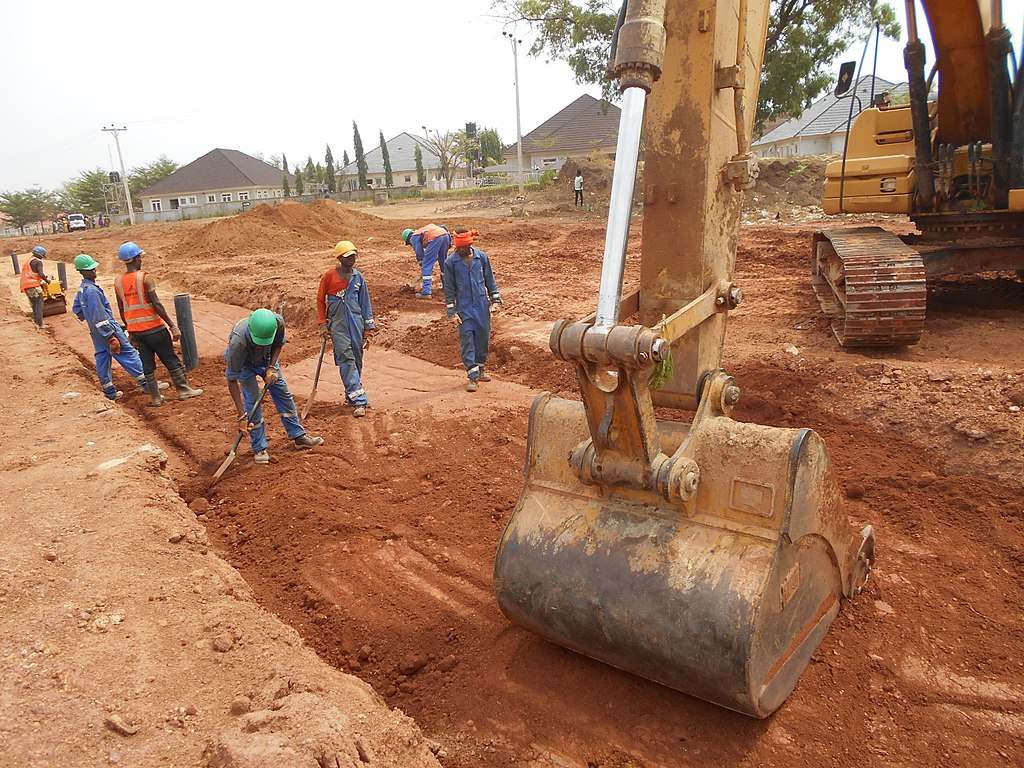Table of Contents Show
Usually, when a new road or building is under construction in an unused land, it’s essential to make it suitable in every way so that it can bear the construction for a long time. Making soil stronger in both physical and chemical ways to support the building is called ‘Soil Stabilization‘.
Soil stabilization plays a vital role in supporting any structure as the soil is the base of any structure. So, this article is to share about soil stabilization methods and a lot more details. Read through and know more:

Soil Stabilization Material
Like any other process, soil stabilization requires some material that helps in achieving the goal. Below are some of the well-known and useful material:
1. Slaked Lime:
We often face moisture in the soil, which is not strong enough to perform any kind of construction. Slaked lime helps in removing the moisture level and makes it more dry and ready to use.
2. Cement:
We can usually observe when cement is mixed with water, and it’ll turn to the most reliable form of solids very quickly. This property of cement makes it helpful in soil stabilization. Cement can stabilize the soil instantly.
It is often used with lime, sodium sulfate, fly ash, etc. based on the soil type to improve its capabilities.
3. Tar & Asphalt:
Tar and Asphalt are the Hydrocarbonated Bitumen products which are dehydrating the soil. Not just but in preparing the damped soil, but sand, oiled soil, and many other severe types of land to make it ready for construction.
The kind of Bitumen depends on the type of soil and method performed to stabilize it.
4. Chemicals:
To maintain the dry properties of soil and remove the moisture from the ground altogether, we’d need chemicals of a suitable type. Sodium Chloride, Calcium Chloride, Sodium silicate can correctly serve this purpose.
Though chemicals are a widely-used practice, they can ruin the whole stabilization if not applied properly.
Firstly, they can leak through the damped or clay type soil as they’re in liquid form. Using chemicals might require several times of application.
The other issue is maintaining the perfect moisture levels in the soil to hold the chemicals properly. This means a slight change in the practice can ruin the whole method and requires a lot of attention.
5. GeoTextile:
Yes, you’ve read it right. Textile materials that are used in Geographical constructions are called GeoTextiles. This help maintain the filling material structure properly and to stabilize them
Soil Stabilization Techniques
Now that we’ve gone through the useful material for soil stabilization, let’s understand different methods to achieve it:
1. Stabilization Mix:
Mixing the material as mentioned above as per the soil type to stabilize it is one of the most used techniques. In this method, based on how damp the soil is, the mixture’s depth should be derived.
To make the mix work better, the percentage of the materials in the mix should be carefully managed based on the soil type, depth of the soil, and how severe the results should be. The better the mixture is prepared, the better the results delivered.
2. Grouting:
Grouting is one of the best methods for a smaller area and every type of soil except clay type. In this method, we’ll be injecting Grouting substances to the ground and let it stabilize the soil.
Though it’s on the expensive side, the results are better than other methods. Tar, Asphalt, Chemical, Polymer, Chrome Lignin, etc. substances are used in the Grouting process.
3. Electrical Stabilization:
We’ve seen chemical and regular stabilization processes, and now, we’re going to learn about electrical stabilization. This is one of the expensive and rarely-used methods in soil stabilization. This is mainly used to tackle a clay type of soil and stabilize it.
In Electrical Stabilization, metal electrodes will be injected into the earth and pass direct current into it. When this happens, electrodes will attract the water or moisture to refrain their existence in the soil. When the current is given, the water will be removed, and land will become firm.
The practice of knowing the materials and methods to stabilize the soil can help choose the right properties for the soil type. With the proper knowledge, soil can be strengthened to bear the construction and prevent several unfortunate accidents.









